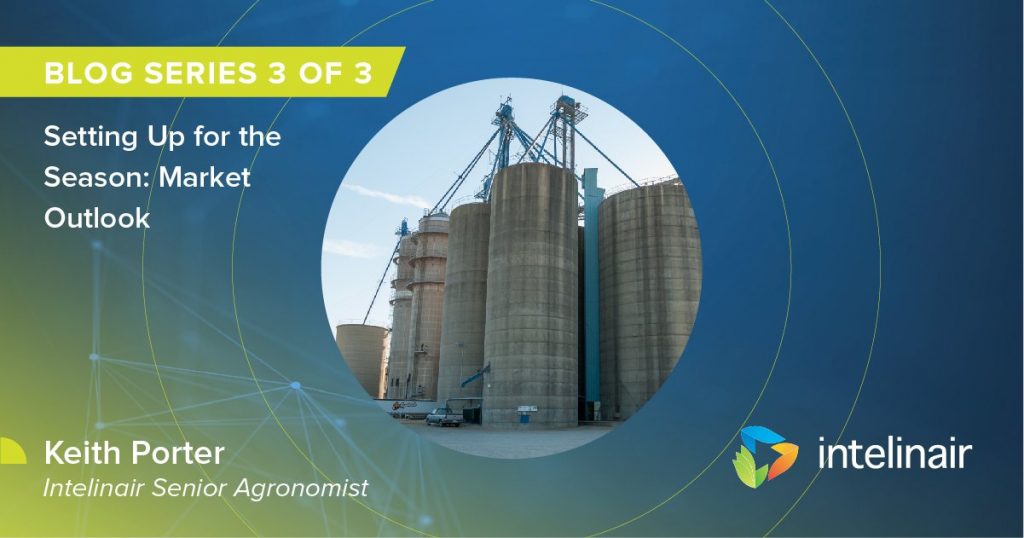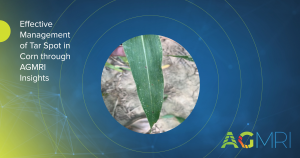This is the second of a three-part series reviewing varied factors of crop production – including inputs, weather, and the predicted market direction – that may influence 2023 season outcomes culminating with the crop harvest.
The Market
Besides weather, another topic that often causes discussion and speculation among the ag community is “the market” – the place where crop returns are generated. Market movement and volatility is seen across the season and is driven by multiple factors beyond simple supply and demand. Factors such as supply chains, input shortages, geopolitical decisions, financial markets, and yes, weather, impact prices. For 2023, there also is the added dynamic of negotiations on a new Farm Bill. With all of these factors, one can understand the importance of basic factors such as:
-
Having an annual crop plan that considers both the market outlook and an understanding of insights from prior crop years and management practices
-
Taking advantage of input pricing opportunities
-
An understanding of the cost of production for each crop and each farm
-
Developing a marketing program that takes advantage of pricing opportunities
Market Outlook – Prospective Plantings, Supplies and Prices
Any market outlook is based upon the basic factors of supply and demand, and for this coming season, the USDA released its Prospective Plantings and Quarterly Grain Stocks report on March 31. For 2023, the USDA is estimating:
-
Corn acres at 91.9 million acres, an increase of 3.5 million acres from 2022
-
Corn acreage intentions were up for areas in the northern plains areas
-
-
Soybean acres are forecasted essentially flat at 87.5 million, which is an increase of 100K acres
-
Wheat acres were up a good amount and cotton was forecasted down
And while this is a prospective acreage intention, it can help us set a baseline for understanding potential acreage and supplies if applying trend line yield expectations. USDA’s June report will show what is estimated to have been planted.
With this report, the USDA also released its Quarterly Grain Stocks report, which included the following highlights:
-
Soybean stockpiles were estimated at 1.685B bushels, down from 1.932B bushels a year ago
-
Corn stockpiles were estimated at 7.401 billion bushels, compared to 7.758 billion a year ago
-
Wheat stockpiles were at 946M bushels, down from 1.029billion in 2022
And while both supply and demand will weigh on market prices based on both national and local factors, prices for 2023 from the Purdue University’s Crop Cost and Return Guide show projected harvest prices of the following:
-
$5.75 for corn
-
$13.60 for soybean
-
$7.40 for wheat
How AGMRI Can Help
As crop conditions and market prices change given the many variables across the season, a focus on understanding the agronomic insights in fields is a key area where the analysis provided by AGMRI can help. AGMRI offers season long insights into the performance of your individual fields for a complete picture of your crop potential throughout the year. Knowing the potential of your fields, combined with a marketing plan that takes advantage of favorable price opportunities can help farmers enjoy the returns of a successful season.
For additional information on how AGMRI can allow you to more effectively understand your crop status in order to make timely in-season decisions, contact us.















